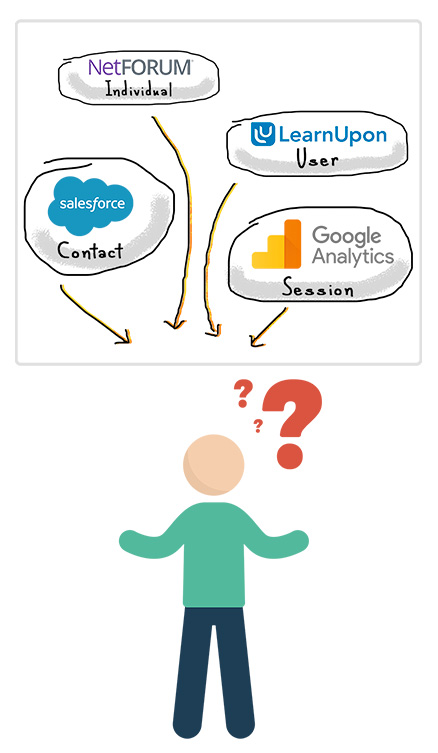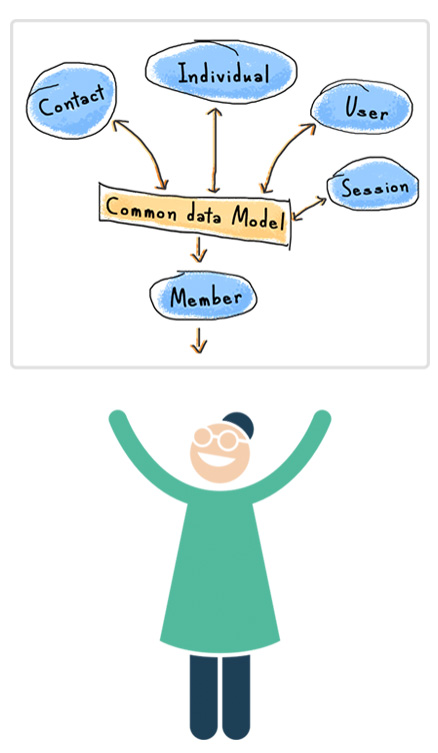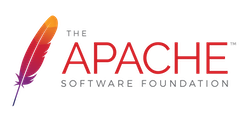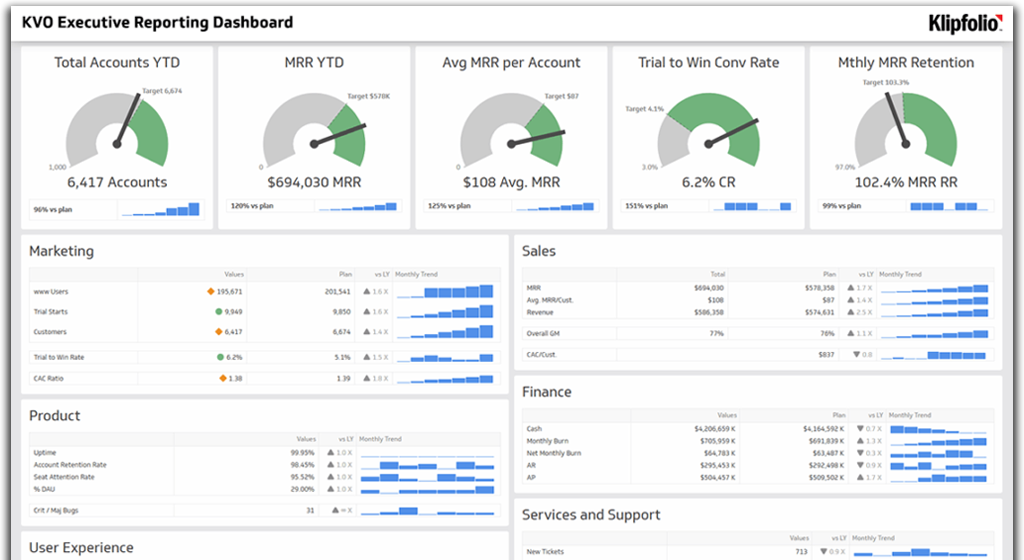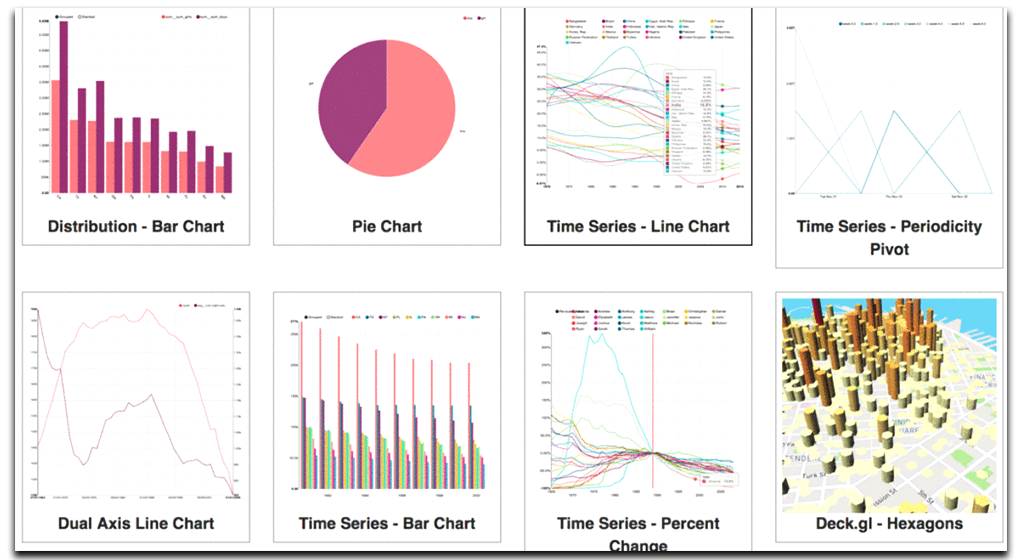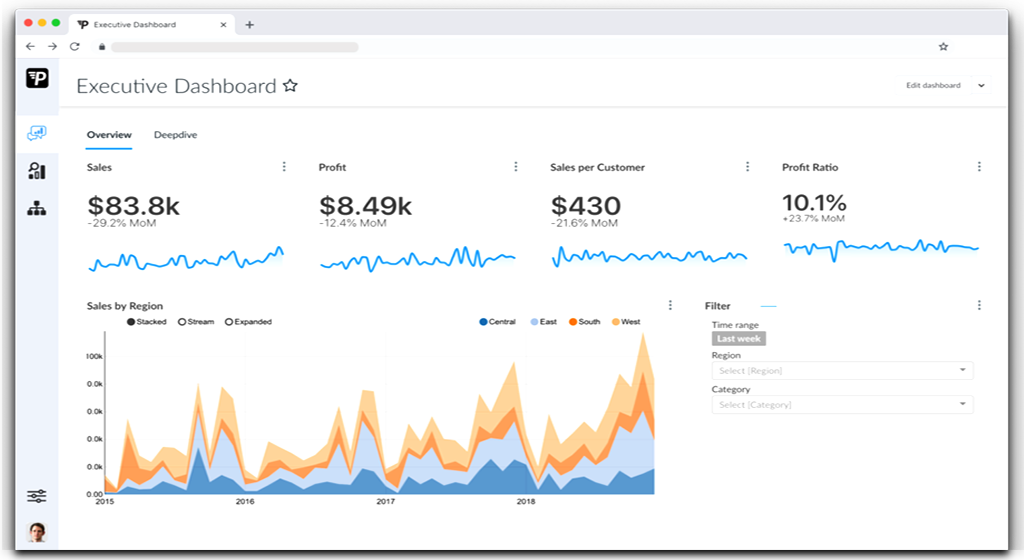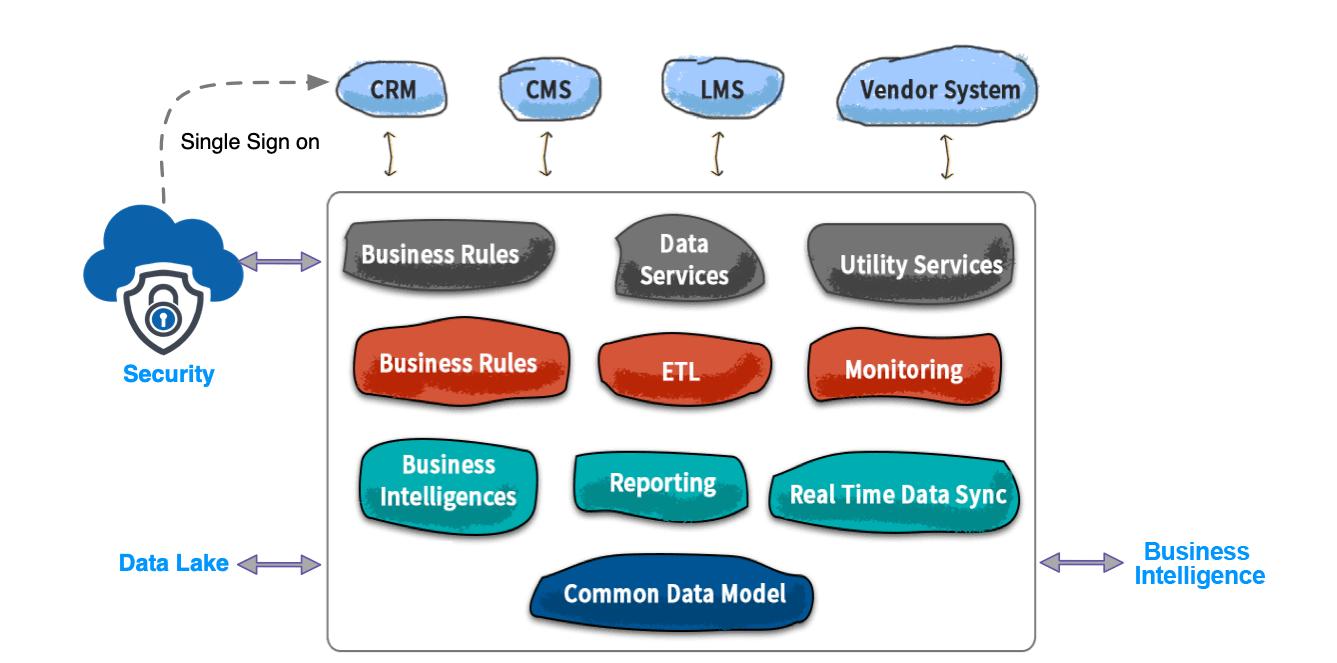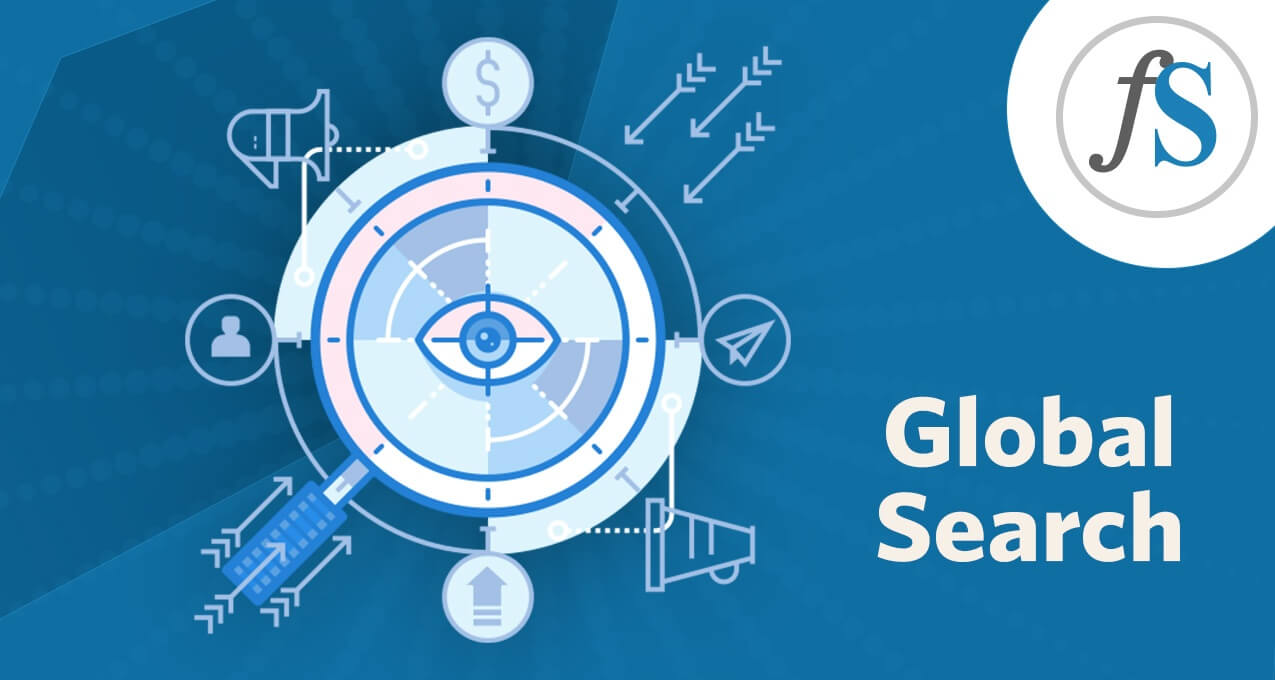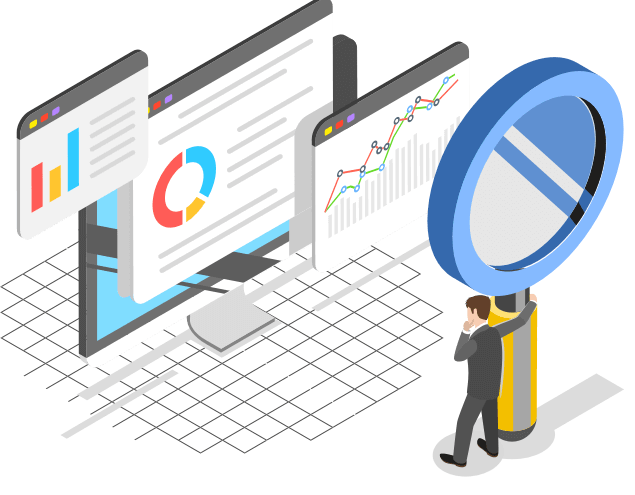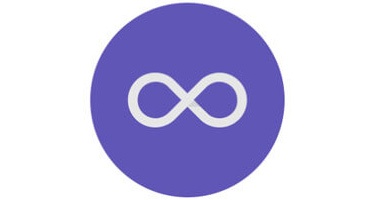In the previous blog we made the case for a business hub for your association (if you haven’t read it, please do). In this blog we will go over implementing the hub with free open source software.
![]() To recap the point we are trying to make, is that associations are moving from monolithic IT platforms to multiple best of breed systems – CRM, LMS, CMS, Community etc. That creates a need to integrate these systems so that they can “talk” to each other. Currently, this is being done on an ad-hoc basis where vendor systems are creating direct links to each other. This creates a “tight coupling” and makes it difficult to swap out systems in the future. It also fragments your organizations data, and business processes across many different platforms.
To recap the point we are trying to make, is that associations are moving from monolithic IT platforms to multiple best of breed systems – CRM, LMS, CMS, Community etc. That creates a need to integrate these systems so that they can “talk” to each other. Currently, this is being done on an ad-hoc basis where vendor systems are creating direct links to each other. This creates a “tight coupling” and makes it difficult to swap out systems in the future. It also fragments your organizations data, and business processes across many different platforms.

